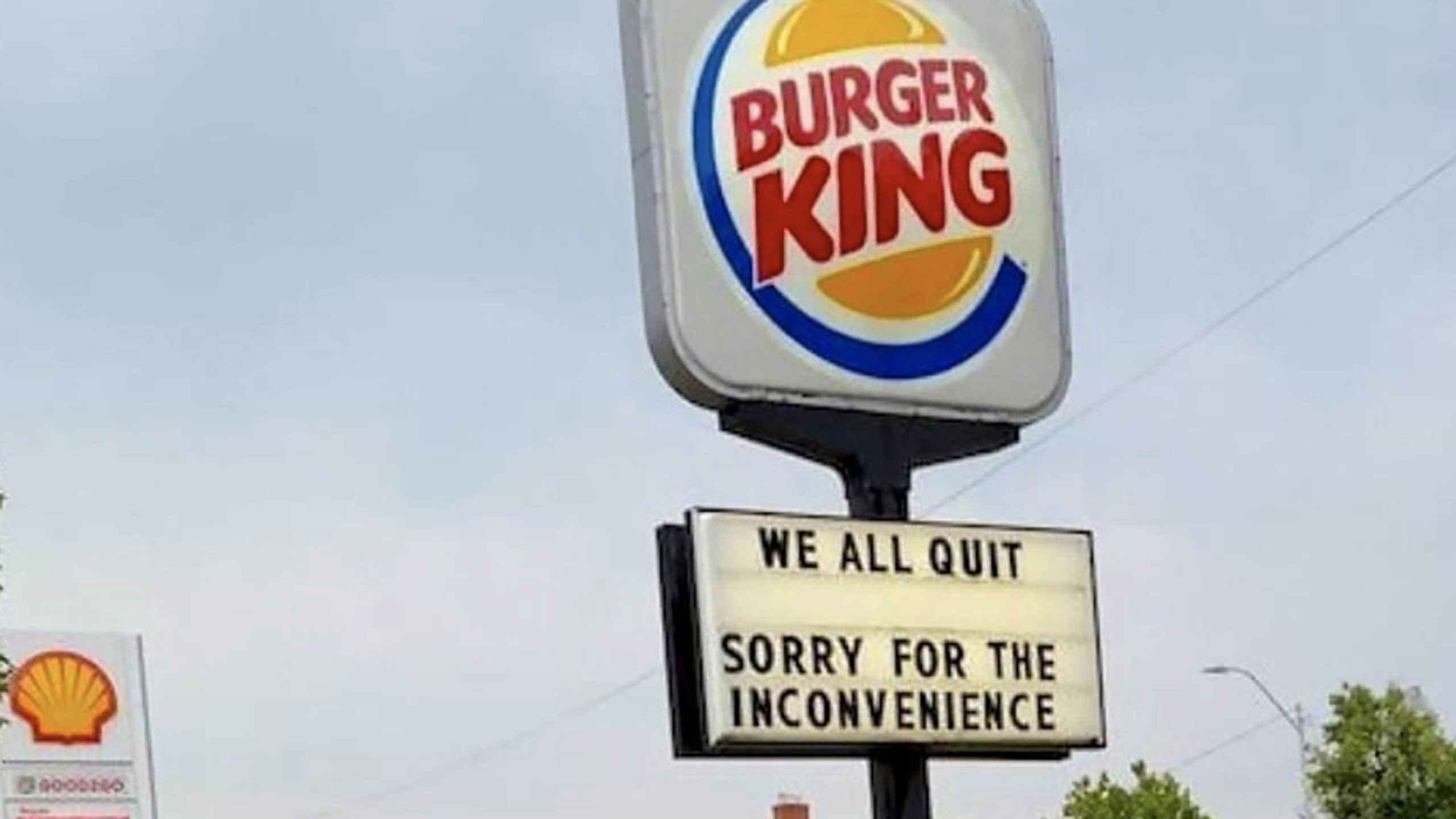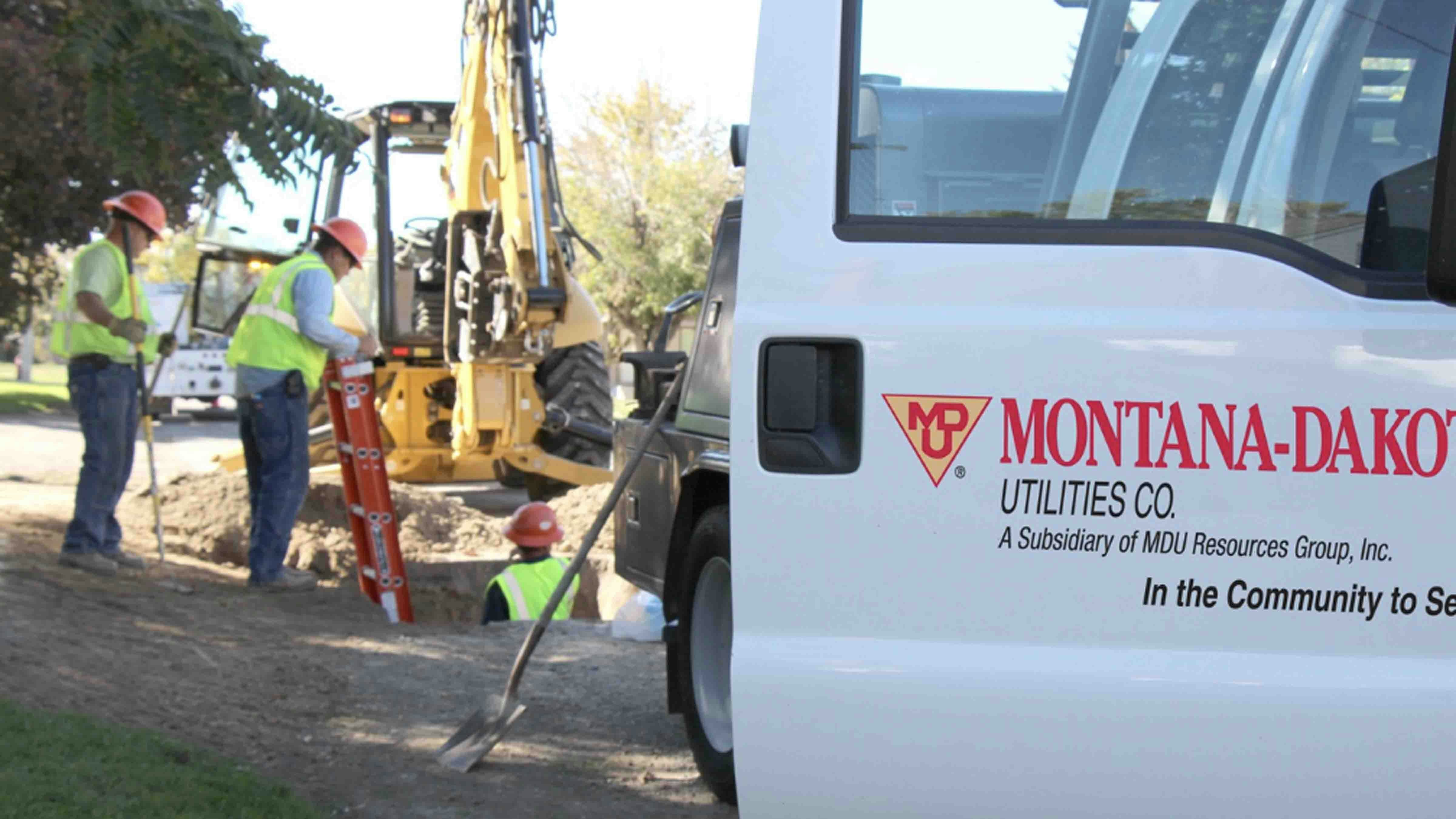Wyoming’s economy is crawling back to pre-pandemic levels, slowed by lagging recovery in the mining, government and information industries, a top Wyoming economist said.
“We’re still behind pre-COVID job numbers by about 7,000 jobs,” Wenlin Liu, Wyoming Division of Economic Analysis chief economist, told Cowboy State Daily. “Wyoming’s pace of recovery is a little slower than the U.S. average.”
Wyoming’s unemployment rate is below the national average at 3.2%, which is good for job seekers, but bad for businesses, Liu said. A lower unemployment rate can mean stiffer competition for the labor pool, which is aging out due to Wyoming’s above average percentage of baby boomers, he explained.
With a job growth rate of about 2% to 3% in May, Liu said Wyoming trails behind its neighboring states, some of which are reporting job growth rates of up to 5%.
Energy
Of Wyoming’s lost 7,000 jobs, about 4,000 are within the mining sector. Government jobs, including some education positions, have the second-largest lag in recovery, followed by the information sector, which includes newspapers, Liu said.
In February 2020, Wyoming tallied about 5,600 jobs in the mining sector, but in May the sector only accounted for about 1,600 jobs, he said.
“Drilling was already going down heading into 2020,” Liu explained. “And after every downturn, we see the industry gets more efficient, automating more processes and reducing the number of employees needed for operations each time.”
In 2019, Wyoming was home to about 30 oil rigs, a number that fell to about 22 by early 2020. The Economic Analysis Division’s June 2022 Wyoming Insight report stated 17 oil rigs are currently active in the state as well as three natural gas rigs.
Although energy prices have soared since Russia invaded Ukraine in February, Rob Godby, a University of Wyoming Department of Economics associate professor, said production remains low.
Despite the energy sector’s hesitant response to booming markets, Godby said the state’s energy revenues have “gone through the roof” as a result of energy prices nearly doubling since the pandemic began.
Wyoming Insight reported June sales and use tax collections from the mining sector were up $3.3 million year-over-year, and increase of about 74%. Wyoming’s mining sector collections have increased year-over-year for 10 consecutive months, according to the report.
Population
Beginning in 2020, Wyoming bucked a six-year-long trend of declining population, seeing growth in its population by about 1,500 people in 2020 and another 1,500 in 2021, Liu said.
“There are likely a number of factors, but we saw a lot of people leave metropolitan areas during height of the pandemic,” he said. “As more people are being called back to the office in 2022, I don’t know if we’ll see population growth to that extent this year, but I think we might stay positive for a couple more years.”
Godby was less than optimistic about the growing population.
“It’s barely gone positive, a 0.2% increase isn’t exactly significant,” he said. “And the weird thing is people coming into the state aren’t coming to major cities throughout Wyoming.”
Instead, they appear to be flocking to rural areas, which might indicate the added populace is mostly retirees or people with income sources that don’t require them to enter into the local job markets.
“The migration we’re getting seems to be, in some ways, trying to avoid other people,” Godby said.
On the upside, Liu said the leisure and hospitality sector has matched pre-pandemic numbers and even gone beyond those levels as pent-up tourism demand soars across the country.
Tax Collections Up
Total statewide sales and use collections were up $9.6 million, about 16%, compared to June 2021, Wyoming Insight reported.
Whereas mining sector tax collections are down about 20% compared to June 2019, the state’s total tax collections are up 12%, mostly due to increases in retail trade and the leisure and hospitality sectors.
Godby said the increase was welcome, but a significant portion of the revenue gain is attributable to inflation.
Every silver lining comes with a cloud, however. Godby said both state and private sector revenues could again stutter with the forecast of a recession in the coming months.
“While that recession, by historical standards, could be relatively minor,” he explained. “It could be a drag on energy prices. There’s a dark cloud out there for sure.”





